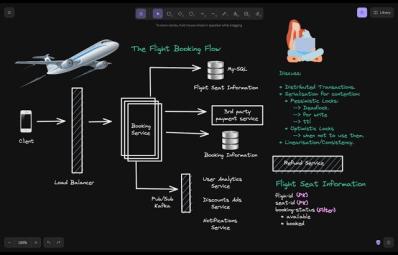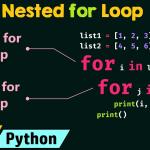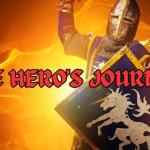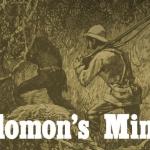Posted At: Feb 27, 2025 - 66 Views

Introduction
Strategic planning and human resource (HR) planning are essential for organizations to align their workforce with business goals. This presentation explores strategic HR planning, job analysis methods, workforce forecasting, and competency modeling, providing insights into effective workforce management.
🚀 Download the Full Presentation (PPTX): Click Here
Key Learning Objectives
✅ Understanding the HR strategic planning process
✅ Techniques for forecasting workforce requirements
✅ Methods for conducting job analysis
✅ Components of a job description
✅ Concepts of competency modeling and job design
1. Strategic Planning in HRM
Strategic HR planning ensures that workforce goals align with business objectives. The four-step process includes:
1️⃣ Defining the organizational mission
2️⃣ Assessing internal and external environments
3️⃣ Setting specific workforce objectives
4️⃣ Developing strategies to meet workforce demands
💡 Key Elements: Leadership, organizational structure, technology, HR policies, and performance management systems.
2. Human Resource Planning (HRP) Process
HRP involves matching talent supply with business needs over time. The process includes:
🔹 Zero-based forecasting – Predicts workforce needs from scratch.
🔹 Bottom-up forecasting – Uses department input to estimate needs.
🔹 Sales-to-worker ratio – Estimates workforce size based on revenue.
📌 Workforce Challenges:
✔ Worker Shortage? – Use innovative recruiting and competitive compensation.
✔ Worker Surplus? – Consider workforce reallocation, training, or downsizing.
3. Job Analysis: A Critical HRM Tool
Job analysis is the foundation of HRM, determining the skills, duties, and knowledge required for each role.
📌 Job Analysis Methods:
✔ Questionnaires – Quick and cost-effective but may lead to biased responses.
✔ Observations – Best for manual jobs but not suitable for cognitive tasks.
✔ Interviews – Provides detailed insights but is time-consuming.
✔ Employee Recording – Employees track tasks but may exaggerate importance.
✔ Combination Approach – Uses multiple methods for accuracy.
4. Writing Effective Job Descriptions
A job description includes:
📌 Job Title & ID – Unique identifier for HR records.
📌 Job Summary – Brief overview of role responsibilities.
📌 Duties & Tasks – Detailed list of key responsibilities.
📌 Job Specifications – Required skills, education, and experience.
5. Competency Modeling in HRM
A competency model defines the skills, knowledge, and behaviors needed for job success.
📌 Why Use Competency Models?
✔ Improves hiring and training decisions.
✔ Helps create career development plans.
✔ Ensures alignment with business strategy.
🔹 Example: The U.S. Department of Labor Competency Model categorizes essential skills by industry and role.
6. Job Design Concepts
Job design determines how tasks are structured within a role.
🔹 Job Enrichment – Increases responsibility to improve motivation.
🔹 Job Enlargement – Expands job tasks for variety.
🔹 Job Rotation – Moves employees across roles for skill development.
🔹 Re-engineering – Redesigns jobs to improve efficiency.
📌 Example: Google uses job rotation to help employees develop multi-disciplinary skills.
Conclusion
Strategic planning and HR management ensure that organizations attract, develop, and retain top talent. By leveraging job analysis, competency modeling, and workforce forecasting, companies can optimize productivity and stay competitive in dynamic markets.
📥 Download Full Presentation (PPTX): Click Here
Related HRM Resources 📚
🔹 Effective Workforce Planning Strategies
🔹 How to Conduct a Job Analysis
🔹 The Role of Competency Modeling in Talent Management
📌 Looking for expert academic writing services? 🚀 Our professional writers at Highlander Writers can help with HR research papers, case studies, and assignments!
Leave a comment
Your email address will not be published. Required fields are marked *










